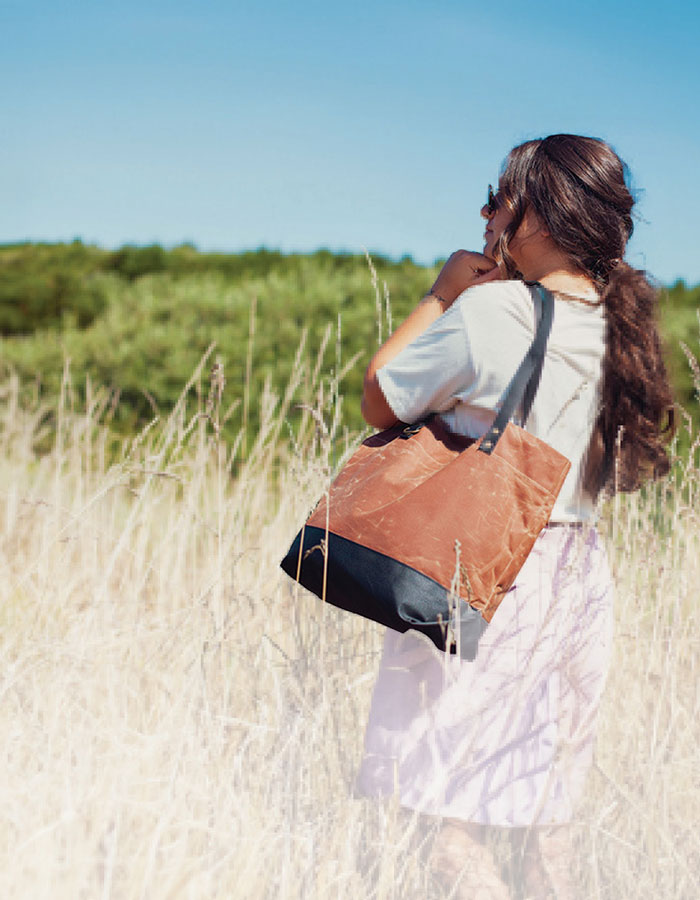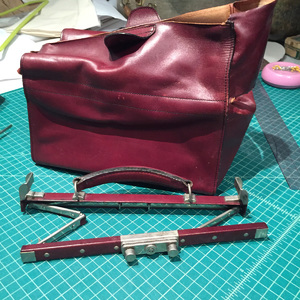Try Waxed Canvas for a Durable Bag or Garment
Rugged, water-resistant, and versatile
Waxed canvas is an old-school classic that has made a huge comeback in recent years. This versatile, water-resistant fabric has a unique blend of style, functionality, and durability that makes it a favorite for bag making. The waxy finish helps it stay put at the machine, making it a dream to sew with—not to mention that it develops a beautiful, weathered patina over time.
I design and sew stylish and hard-wearing bags that include waxed canvas. I’ll share the history, characteristics, and best uses of this textile, as well as provide tips on sewing with it. If you want a bag or outerwear piece that looks great and lasts for many years, consider waxed canvas. This just might be the newest version of heirloom sewing.
Two key components
Waxed canvas is a densely woven cotton canvas that has been saturated with wax, giving it an extra layer of protection against the elements. The waxed coating is made from paraffin or beeswax and records folds and creases. The fabric has a unique texture that gives it a vintage, rustic look. With use, waxed canvas becomes softer and more pliable. This means that over time, a waxed canvas bag or jacket becomes even more comfortable to wear.

A well-earned reputation
This textile has been used for centuries in a variety of applications, from military tents and sails to outdoor clothing and accessories. It has long been loved for its natural water resistance and rugged character, and it is widely considered to be the original waterproof textile. It first became popular in the early 19th century with sailors in England and Scotland. Initially, linseed oil was used for waterproofing,…
Start your 14-day FREE trial to access this story.
Start your FREE trial today and get instant access to this article plus access to all Threads Insider content.
Start Your Free TrialAlready an Insider? Log in

































Log in or become a member to post a comment.
Sign up Log in